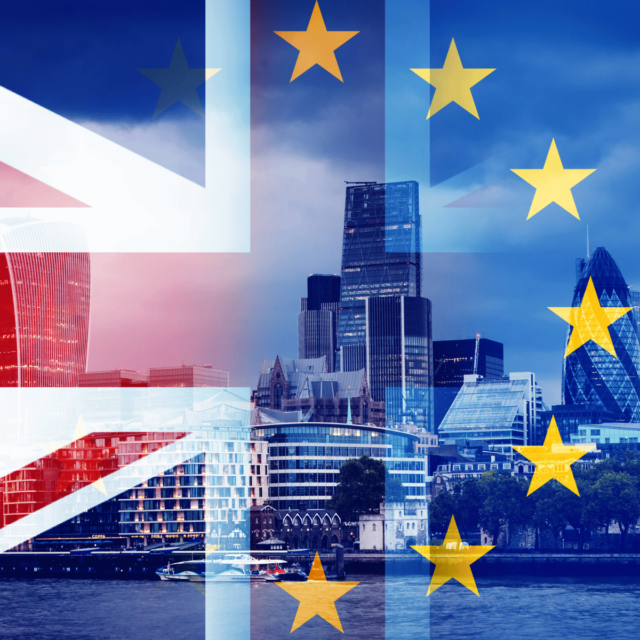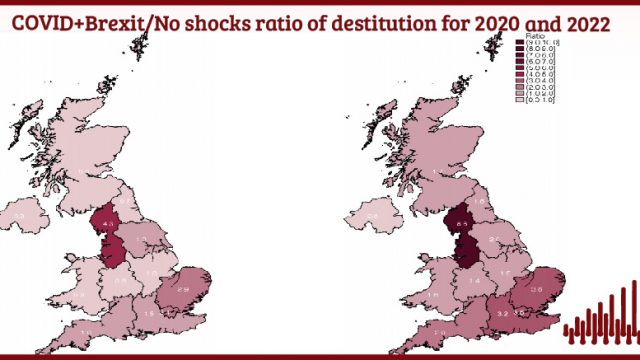- Home
- Publications
- Labour Productivity And Convergence Within Europe: East German And Irish Experience
Labour productivity and convergence within Europe: East German and Irish experience
 Pub. Date
Pub. Date
 Pub. Type
Pub. Type
The convergence of labour productivity within an economic area involves the closing of organisation, idea and object gaps. This process can be exogenous or endogenous. We provide evidence for both for East German labour productivity. We argue that labour productivity there has caught up faster than elsewhere. The formation of German Monetary Union was followed by migration of workers to West Germany, and reorganisation and privatisation of East German firms. We find that within Europe only Ireland matches this speed of convergence and we explore the role played by education and multinational activity in the growth of Irish labour productivity.
Related Blog Posts
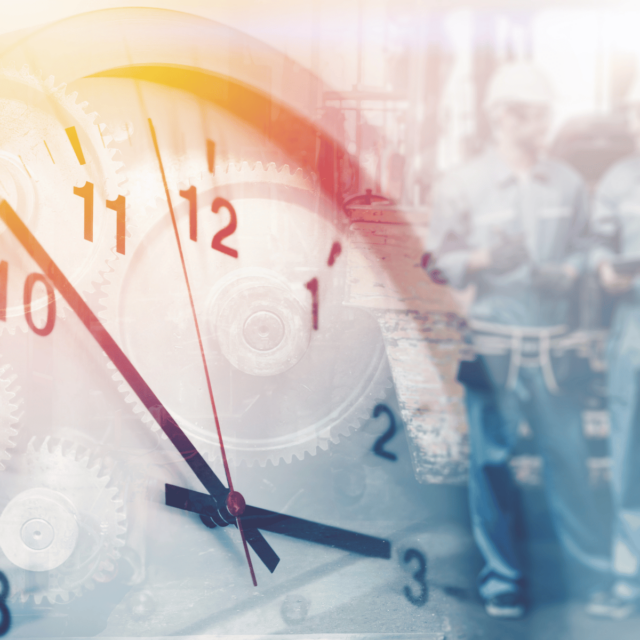
Exploring the Data on UK Productivity Performance
Issam Samiri
Stephen Millard
11 Dec 2023
4 min read

UK Investment Past and Prospects: A Framework for Analysis
Catherine Mann
01 Dec 2023
6 min read
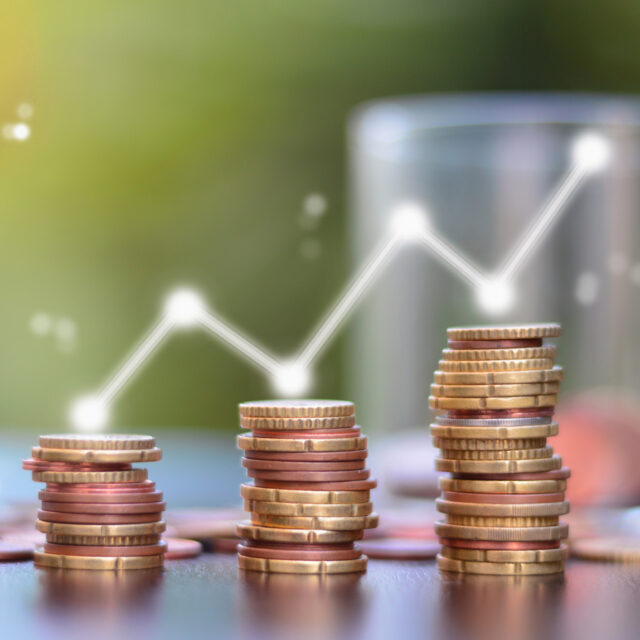

Where Are We With Regional Inequalities in the UK?
Adrian Pabst
Jagjit S. Chadha
01 Nov 2023
5 min read
Related Projects
Related News


Related Publications

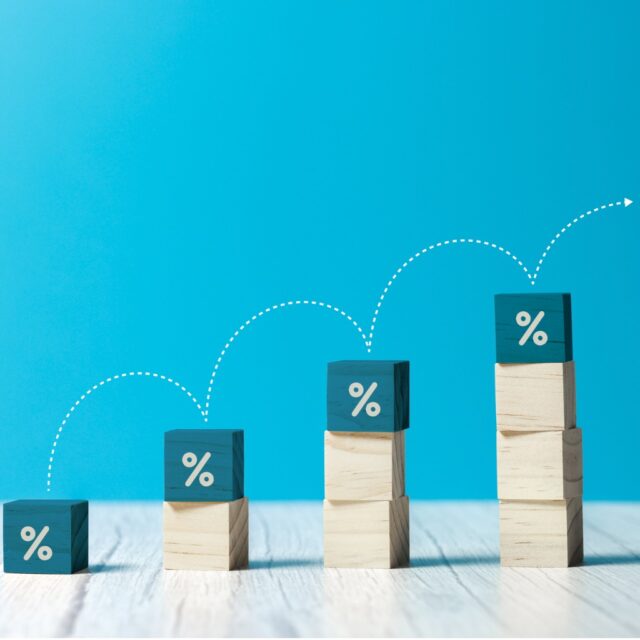
The Nature of the Inflationary Surprise in Europe and the USA
21 Mar 2024
Discussion Papers
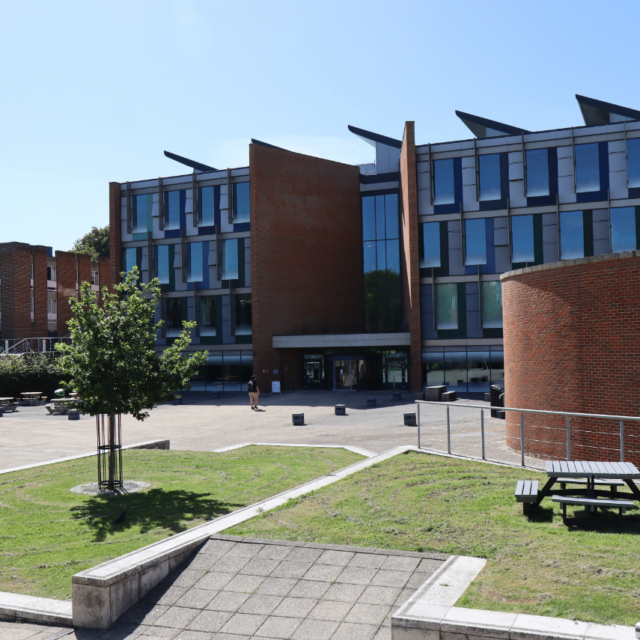

Productivity and Investment: Time to Manage the Project of Renewal
12 Mar 2024
UK Productivity Commission
Related events
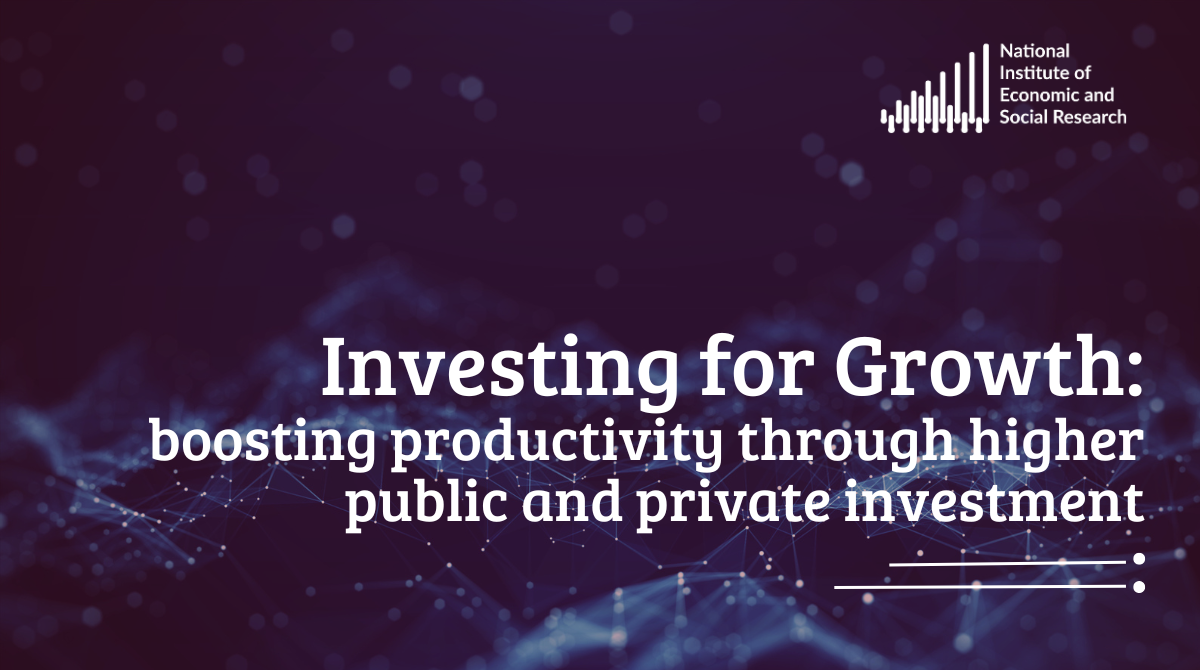
Investing for Growth: boosting productivity through higher public and private investment
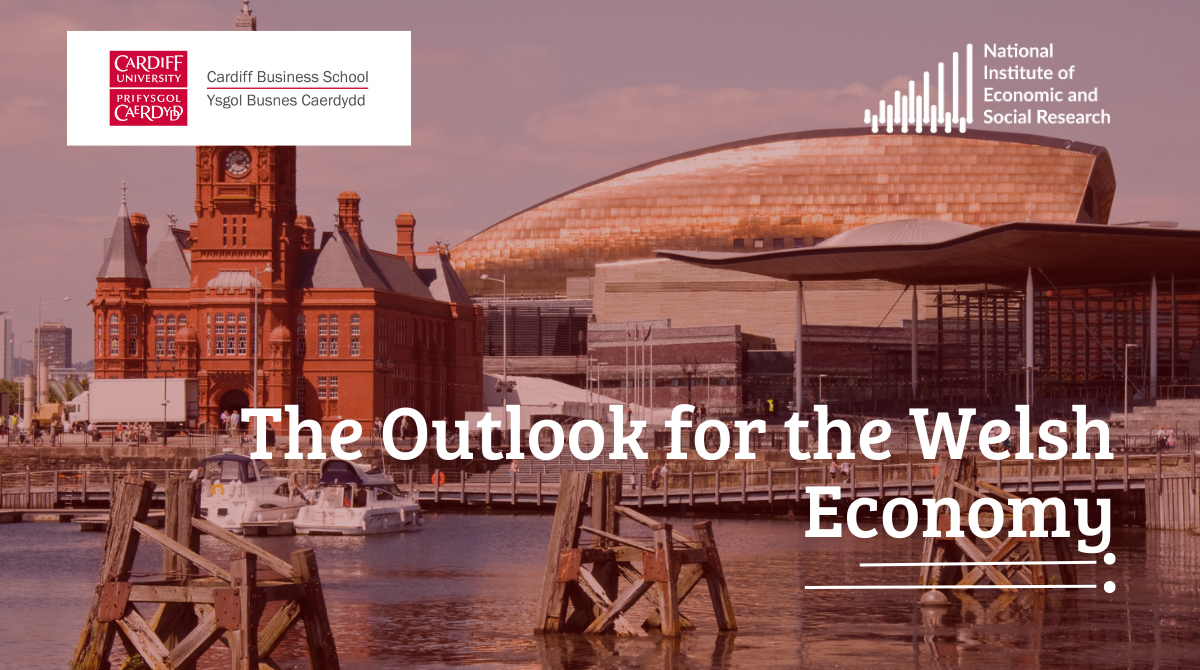
The Outlook for the Welsh Economy
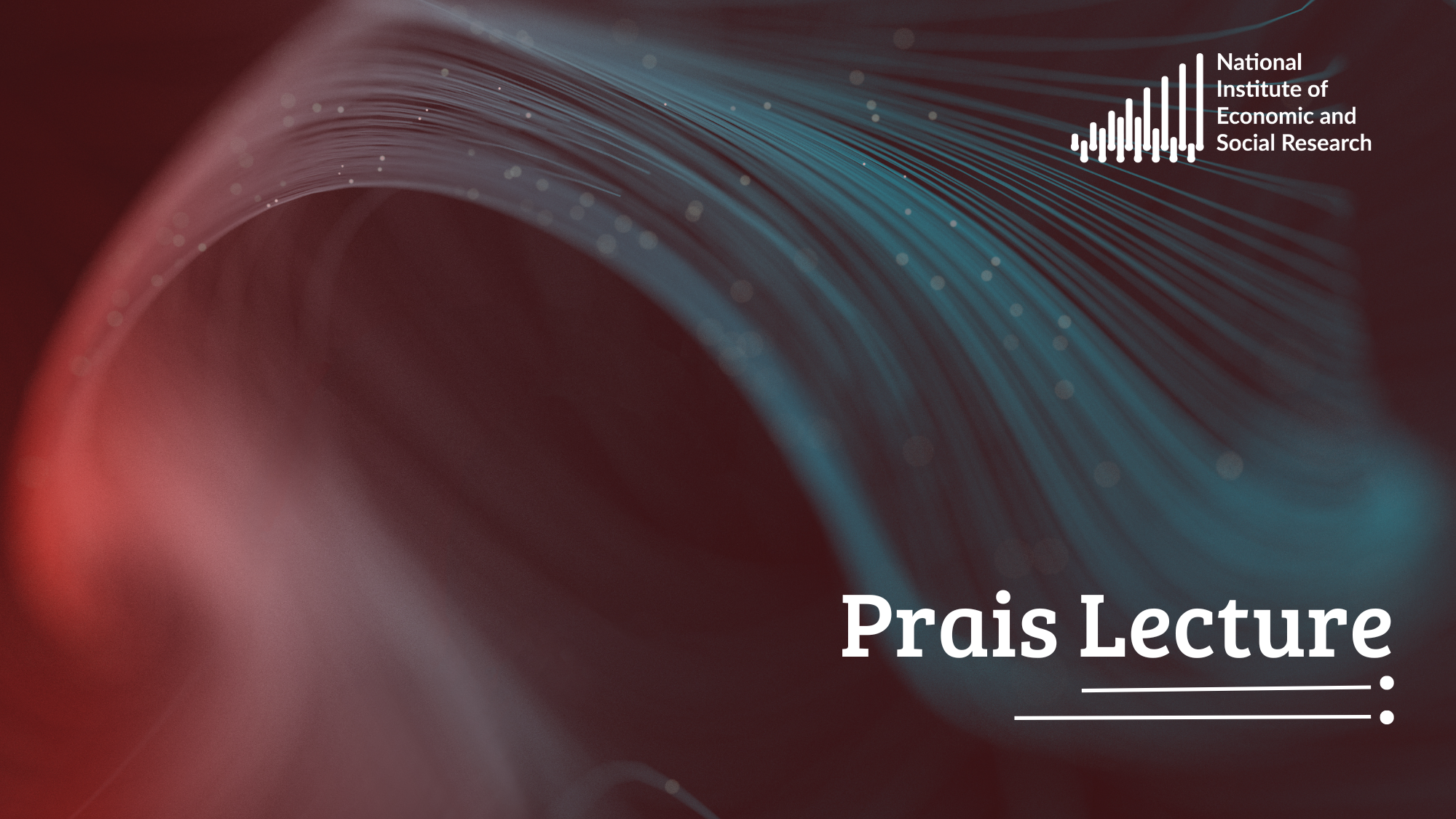
Prais Lecture with Chris Pissarides: The Future of Work and Wellbeing
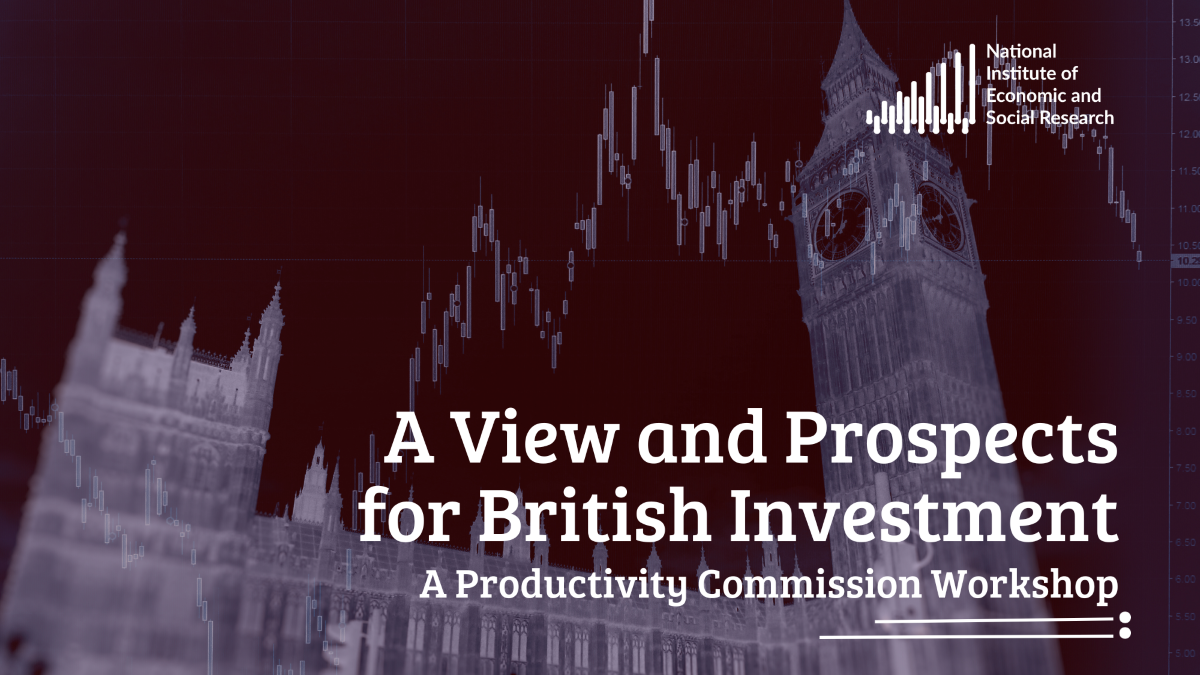
A View and Prospects for British Investment

How Can We Raise Investment?
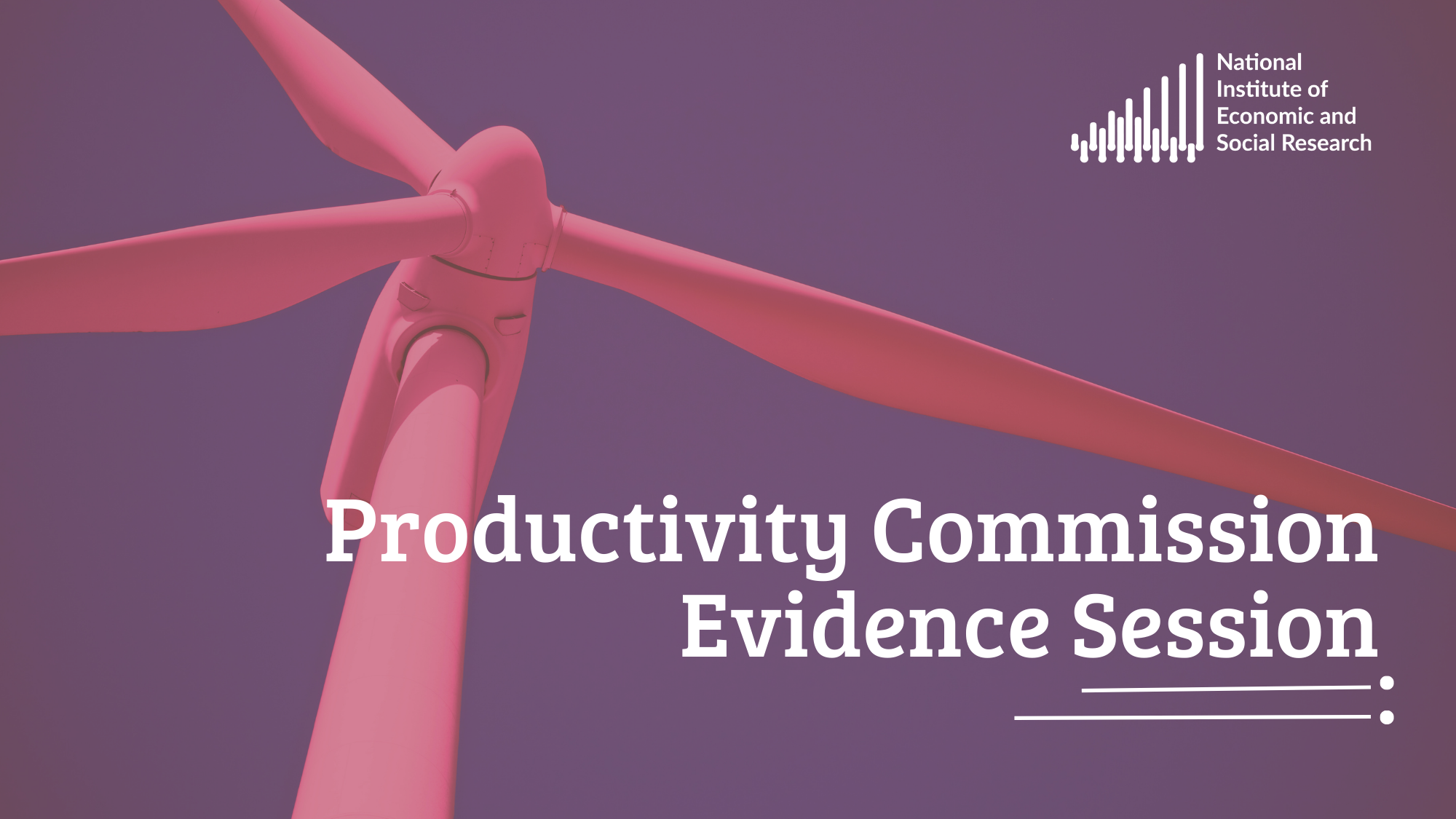
Productivity Commission Evidence Session: Examining the Role of International Investment

High Dimensional Forecasting and its Pitfalls – M. Hashem Pesaran

Finance and Growth Workshop





